Printing Stage: The Art of Solder Paste, The Foundation of Precision Deposition
At the starting point of the SMT production line, the printing stage plays a vital role. Solder paste, though seemingly inconspicuous, bears the significant responsibility of connecting electronic components with PCBs. To ensure uniformity and appropriate viscosity of the solder paste, it needs thorough mixing before use, as if preparing for its upcoming mission.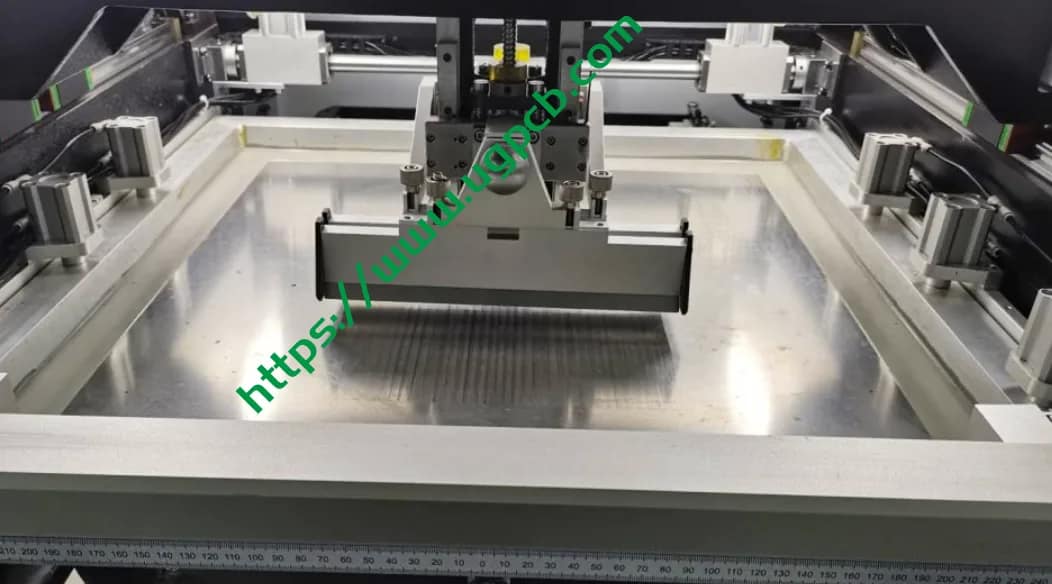
During the printing process, the PCB is securely fixed on the printing machine, and precise alignment between the template and PCB is the first step to ensure accurate deposition of solder paste. The squeegee slowly moves over the template, much like an artist sketching lines on canvas, uniformly scraping the solder paste across the template openings, leaving behind exquisite “solder paste paintings.”
However, creating art is not achieved overnight. After printing, a careful inspection of the solder paste deposition quality is the final judgment of this “painting.” At this moment, the application of SPC becomes particularly important. By monitoring the alignment accuracy of the printing machine, printing pressure, and squeegee speed, we can ensure that each print is as precise as copy-pasting. Meanwhile, the thickness and coverage of the solder paste, as key inspection items for intermediate products, are monitored by both thickness gauges and visual inspection systems to ensure that the deposition falls within set control limits, laying a solid foundation for subsequent stages of component placement and soldering.
Component Placement Stage: Precision Positioning, The Dance of Components
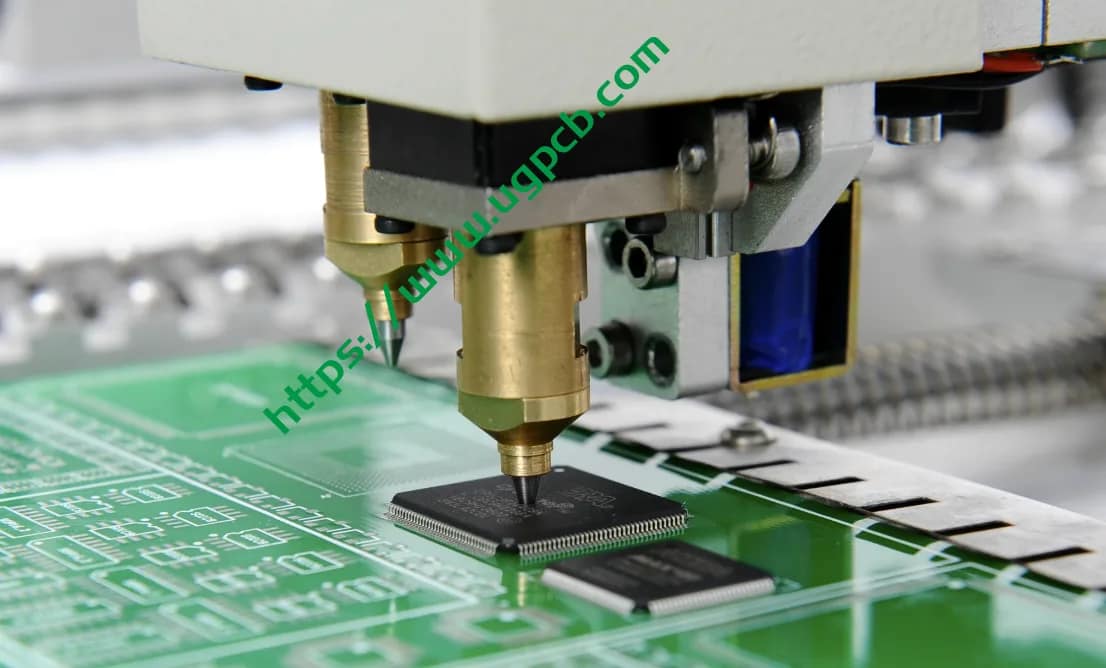
If the printing stage is the prelude of SMT production, then the component placement stage is the main theme of this electronic manufacturing feast. Components, these tiny electronic parts, under the precise control of the pick-and-place machine, dance gracefully on the PCB, with every movement perfectly timed and every position flawlessly accurate.
To ensure the correctness of component placement and orientation, the pick-and-place machine must be precisely set according to PCB design and component specifications. The application of SPC, like a strict dance coach, constantly monitors the placement precision, speed, and nozzle status of the pick-and-place machine, ensuring each placement is as precise and perfect as a well-rehearsed dance move.
The position and orientation of components, as key inspection items for intermediate products, are real-time monitored by the AOI system, where any minor deviation cannot escape its “keen eyes.” This step not only reconfirms the precision of placement but also strictly guards product quality.
Reflow Soldering Stage: The Fusion of Solder Joints, Witness to Quality
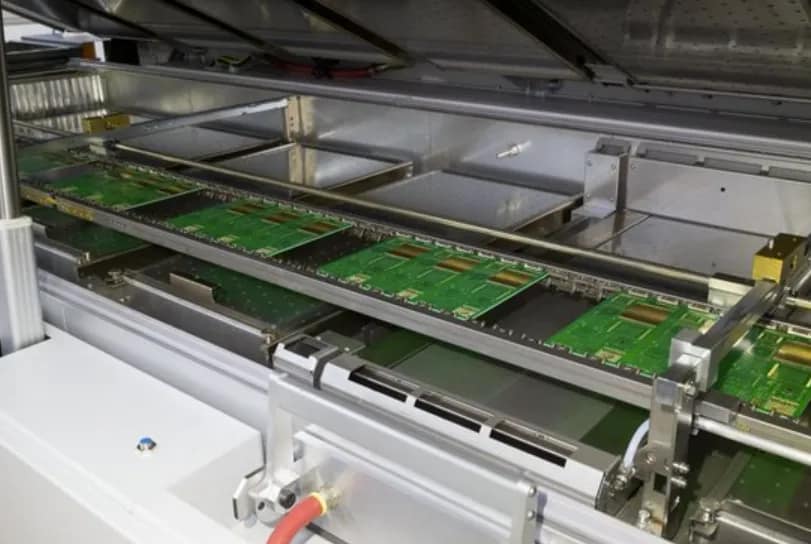
When the PCB, carrying the placed components, enters the reflow oven, a grand play about the fusion of solder joints quietly unfolds. The solder paste melts during the reflow phase, forming strong solder joints with components and PCB, which is crucial for electronic connections.
To ensure the integrity and shape of the soldering meet requirements, SPC once again plays an important role. By monitoring the temperature profile and conveyor belt speed of the reflow oven, we can ensure that each soldering process proceeds smoothly like a well-scripted play. Meanwhile, the quality of solder joints, as key inspection items for intermediate products, is monitored by X-ray or AOI systems, leaving no soldering defect undetected.
Inspection Stage: The Terminator of Flaws, Guardian of Quality
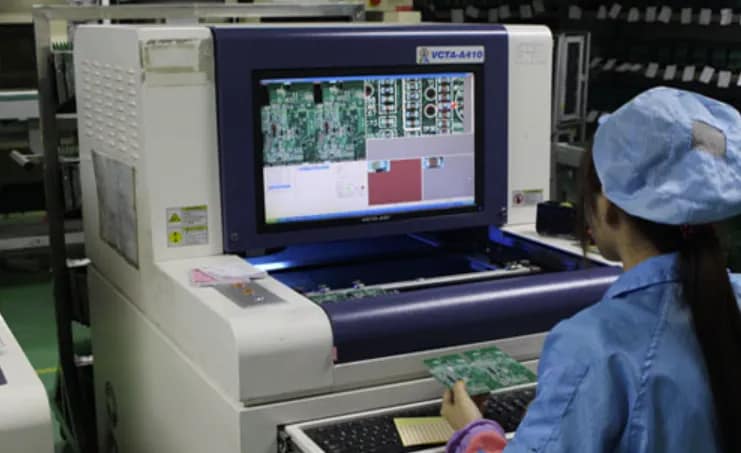
At the tail end of SMT production, the inspection stage stands like a solid defense line, guarding the final quality of products. Automatic Optical Inspection (AOI) equipment, like a sharp detective, scans each PCB with its “eyes,” searching for traces of soldering and placement defects.
For complex PCBs or BGA components, X-ray equipment acts like a penetrating expert, delving deep to check the quality of solder joints. Meanwhile, the application of SPC, like a wise commander, monitors the calibration status and detection accuracy of inspection equipment, along with statistical analysis tools for defect rate and type monitoring, promptly identifying and correcting process issues, ensuring each PCB passes this defensive line’s test smoothly.
Repair and Testing Stage: Correction of Flaws, Sublimation of Quality

Although the inspection stage has built a solid defense line for product quality, occasionally some may slip through the net. At this time, the repair and testing stage act like a highly skilled doctor, precisely correcting flaws, elevating product quality.
By monitoring the temperature control and tool precision of repair equipment, we can ensure each repair is as flawless as a meticulously crafted artwork. The quality of solder joints after repair and functional test results, as key inspection items for intermediate products, are monitored by functional testing equipment, serving as the final confirmation of repair quality.
SPC Monitoring Dashboard: A Real-Time Scroll of Production Quality
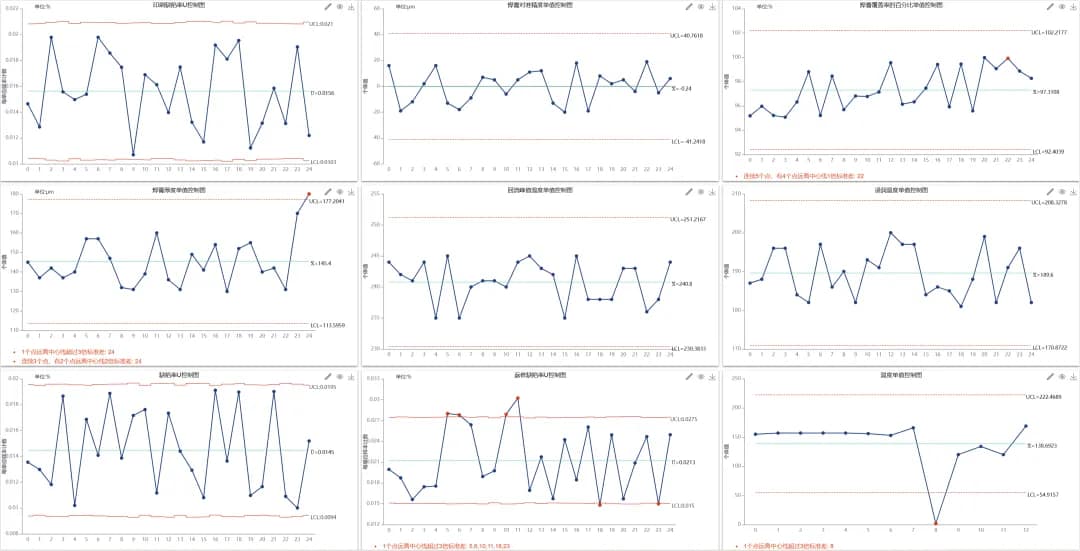
In this SMT production feast, the SPC monitoring dashboard acts like a real-time scroll, capturing every bit of the production process. Whether it’s the process capability monitoring dashboard or the comprehensive dashboard, it acts like an all-seeing observer, constantly focusing on the dynamics of the production line. And timely reminders through abnormal email notifications act like a considerate assistant, enabling us to quickly respond to any anomalies in the production process.
Conclusion: SPC, The Guardian Angel of SMT Production Lines
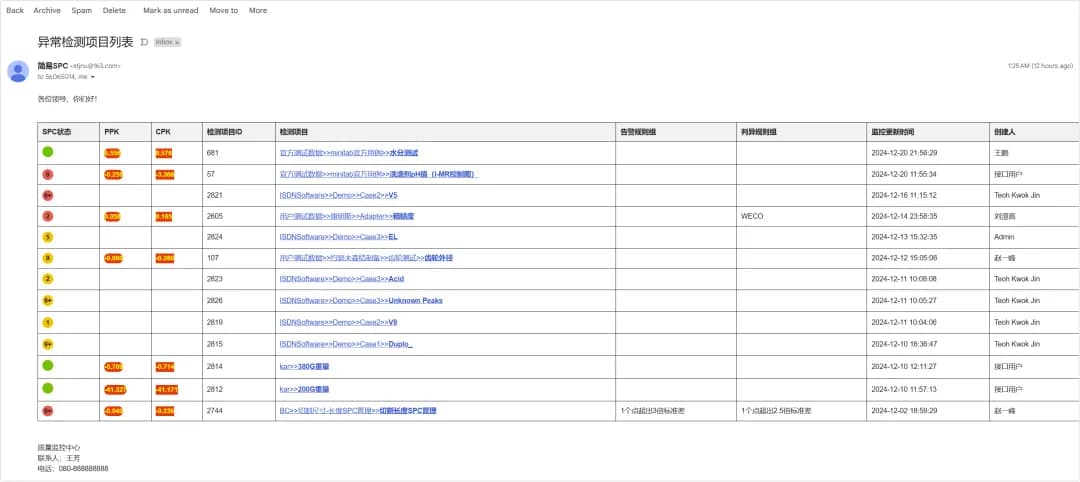
In summary, the application of SPC in the SMT production process acts like an invisible guardian angel, constantly safeguarding the stability and excellence of product quality. By precisely monitoring and controlling variations in the production process, it ensures the stability and consistency of product quality. This systematic quality control method not only provides strong support for the electronics manufacturing industry but also creates one high-quality electronic product after another. In the days to come, let us join hands with SPC to co-write the glorious chapters on the SMT production lines!
 UGPCB LOGO
UGPCB LOGO

